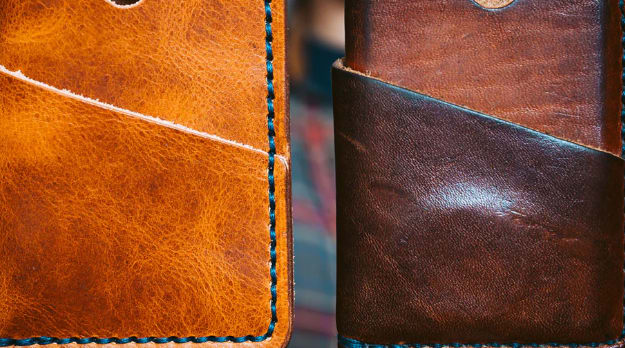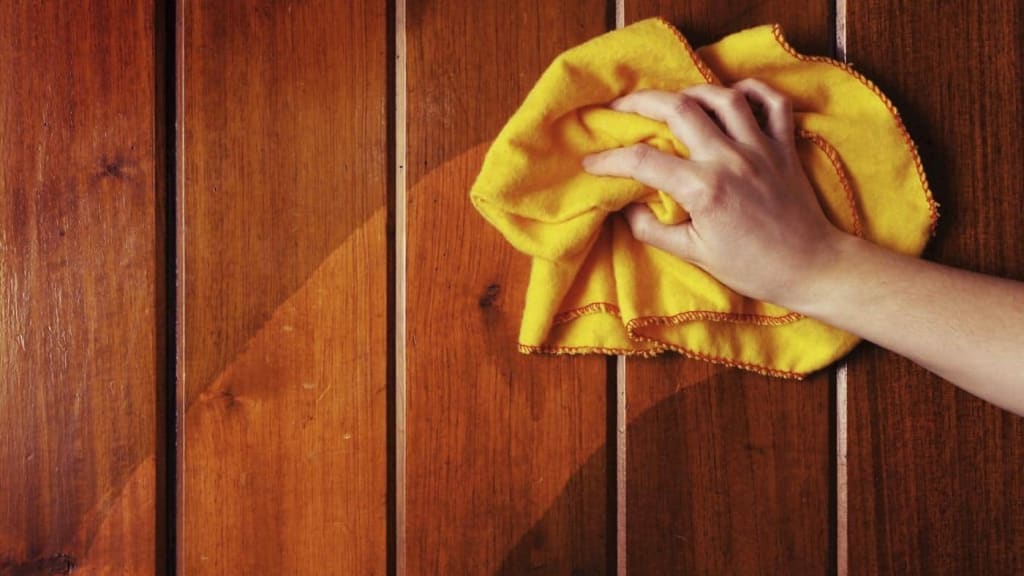
How to Clean Your Antique Furniture like a Professional?
Antique furniture needs special attention, whether you collect them or are the proud owner of some family heirlooms. Both its worth and luster should be preserved. Which is why it’s important to know the proper ways to take care of your antique furniture. In fact, using the incorrect products and methods can cause the finishing to peel off. The natural elemental accumulation that happens over time on antique furnishings enhances their appearance. To help you prevent common cleaning errors, here are 6 tips on how to clean your antique furniture.
Don’t Overdo the Cleaning
If you aren’t the biggest fan of housekeeping, you ought to be pleased about this one. Some people overclean their couches, upholstered furniture, and vintage pieces, which can harm them and ruin their appearance. Instead, all that’s required to maintain it looking its best is a light dusting. It will become more difficult to clean over time if you use too many cleaning products or attempt to wax the furniture too much. Simple dusting will do unless there is something that demands a little more.
Know the Difference between Patina & Wear
Next, it’s critical to understand how antique items naturally get wear and tear. Wherever the furnishings have been handled or used most frequently is where you’ll typically notice discolorations. For instance, the tops of wooden chairs may have darker spots where the guests would frequently grip the chair to pull it away from the table. These natural imperfections add value and give the chair more personality. They are either produced by the finish wearing off or by the oils in our palm. As a result, never attempt to scrub away darkened areas or keep lighter areas because doing so will harm the furniture and destroy its patina.

Keep the Wax Away
We frequently believe that waxing is necessary to preserve antique wood furniture. However, the timber is actually strengthened and protected by the natural patina that develops over time. Waxing can actually harm the surface and make it dull. Some teak mid-century furniture can profit from waxing, but you really shouldn’t use anything unless an expert in antiques specifically instructs you to.
Redoing Finishes will Only Damage the Patina
As mentioned before, you shouldn’t try to clean antiques by removing and replacing the finish. Again, this will damage the value and tarnish the patina. Therefore, avoid using oil products that contain varathane and urethane no matter what, because doing so will seal in dirt and possibly cause a chemical reaction that cracks the original surface.
Difference Between Restoring and Cleansing
Be very specific in deciding if you want to clean or restore your antique furniture. Restoration includes removing the old finish and replacing it with a new finish, while cleaning preserves the patina’s integrity. Since restoring it will totally alter the piece’s appearance, think long and hard before making that decision.
Wet & Dry
You can try using mild soap and water to try to clear what you think is grime if you need to. You never know what response using abrasive cleaners, waxes, or oils will have. Always make sure the furnishings are completely dry before applying any cleaning agent, because dampness can lead to problems like warping and water stains. This is one of the reasons why using a dry method when just dust cleaning is required is best.







